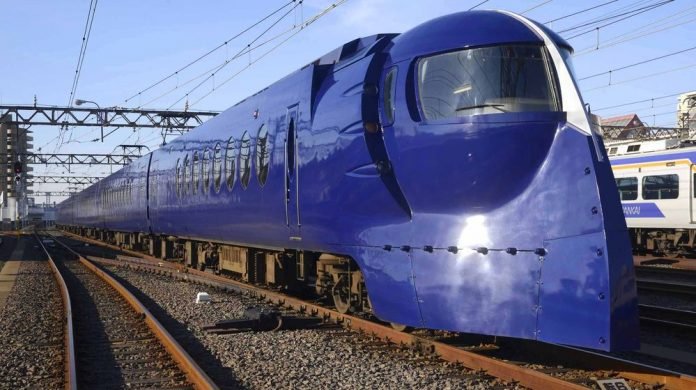
If there’s one thing Osaka has no shortage of, it’s railway networks. However, all of them can trace their roots back to the Nankai Railway.
The Nankai Railway Network is the oldest such series of lines still in use today.
Its original intention was to form a railway line equivalent to the legendary “Nankaido”.
Back when Kyoto served as Japan’s imperial capital, the Nankaido was a trade road running from the city to the coastal areas to the south. Today we know this area as Osaka, Kobe and their surrounding satellite towns.
Now, let’s take a deep dive into the story of the Nankai Railway. It’s history, its impact on the area, and its current use.
So, in typical Japanese public transportation style, without any delay, let’s get into it!
The History of the Nankai Network
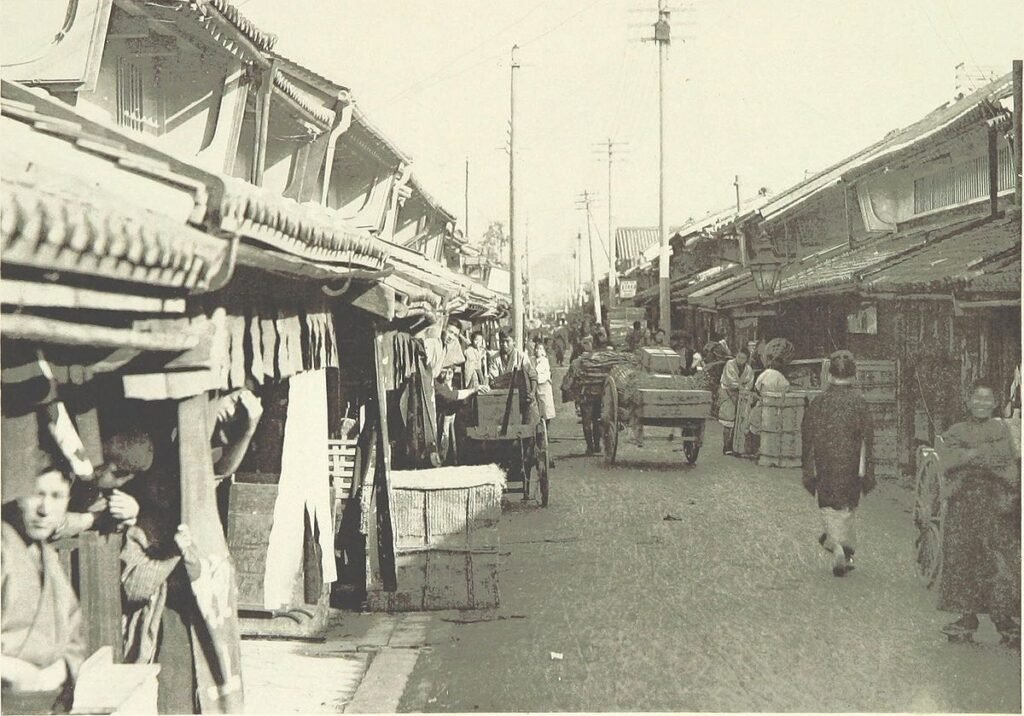
Our story begins with the founding of the Nankai Railway Company in 1884. As you will know, this was a turbulent time in Japanese history. The Meiji restoration and subsequent opening up of Japan to international trade led to rapid industrialization across the area. As one of the country’s major logistical ports, Osaka played a key role in this. Hence, constructing an effective railway to connect the 3 major cities of Osaka, Kobe and Kyoto was a matter of urgency.
So, Nankai established itself as a private company in 1884. They took their corporate identity from the aforementioned Nankaido. From the outset, the aim of the Nankai Railway Company was to cover the same areas as the old Nankaido. Though, hopefully, emerging railway technologies would allow for something a bit faster than the old horse and cart!
The Original Nankai Line
The Nankai Line began service one year later, in 1885. Initially, the Nankai Line connected Namba to the southern areas of Osaka City. 3 years later, the line extended to Sakai City, allowing for workers to commute in and out of Osaka more easily. To this day, Sakai remains a popular residential area for people working in Osaka City itself.
This prompted calls for further expansion of the line.
So, it transpired that, in 1897, the Nankai Line extended to include Sano (known today as Izumisano City).
By 1927, the line reached its current destination, Wakayama City. Today it remains the most common mode of transport for people commuting between the Osaka and Wakayama prefectural capitals.
Mergers, Acquisitions and Sell-Offs
Like so many industries in Japan, the economic and social impact of losing the Second World War had consequences for Nankai too. In 1944, the country sought to throw all their technological resources into the war effort. As such, Nankai Railway Company was one of several regional rail companies merged to form the Kinki Nippon Railway Company. However, as the hostilities ended, and Japan’s government and business sectors underwent massive restructuring, this venture proved short lived.
Just three years later, in 1947, the lines that previously ran under the Nankai banner were spun off into a separate entity, the Nankai Electric Railway Company. This corporate entity remains the parent holding company of all Nankai branded business to this day. Today, what was previously known as Kinki Nippon Railway Company operates as the Kintetsu Company.
New Japan, New Nankai
As the slight name change suggests, a key goal for the new Nankai Electric Railway Company moving forward was to electrify, renew and rebuild the railway infrastructure across Kansai.
Alongside Japan’s post-war economic boom, raliways across the country underwent a period of rapid expansion. Whilst the opening of JR’s Shinkansen line between Tokyo and Osaka in 1964 is an obvious high point, Nankai also showed great growth throughout this period. This culminated in 1994, with the opening of Kansai International Airport.
In addition to the Airport Line, which runs between Osaka Station and Kansai Airport, Nankai also launched the Rap:t (pronounced rapeeto). The Rap:t train is the fastest way to get from central Osaka to the airport. Depending on whether you use the Rap:t Alpha or the Rap:t Beta service, you’re looking at a total journey time of either 37 minutes or 34 minutes respectively.
Current Lines on the Nankai Network
In total there are 6 lines running today under the Nankai banner. They are as follows
- Nankai Main Line
- Takashinohama Line
- Airport Line (Including Rap:t)
- Tanagawa Line
- Koya Line
- Shiomibashi Line
Let’s now look at each of these lines in a little more detail:
The Nankai Main Line
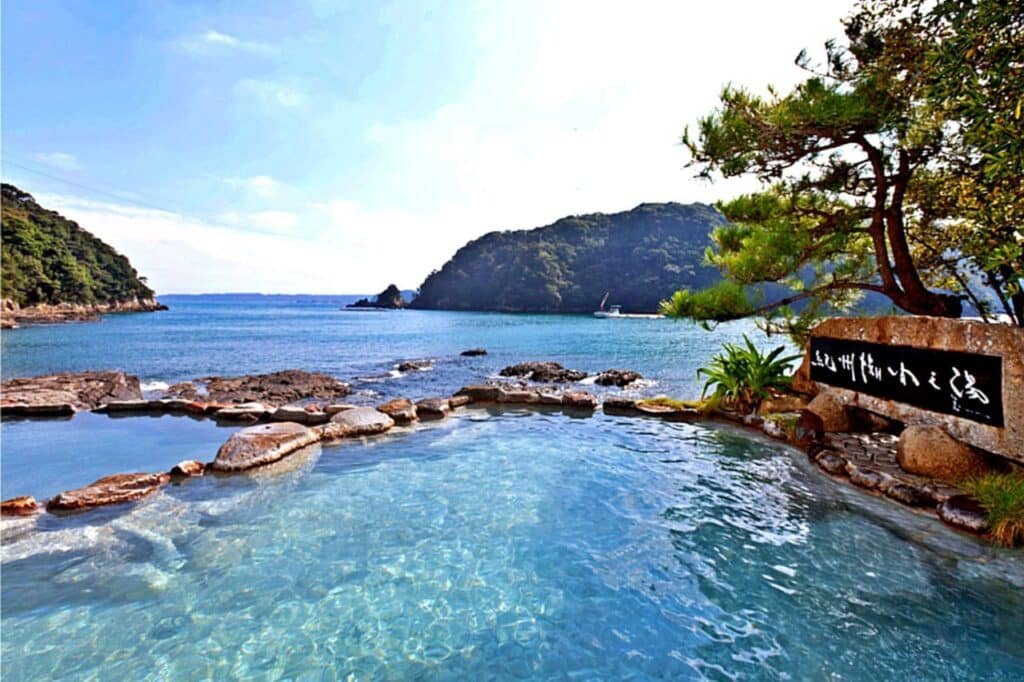
The Nankai Main Line connects Nankai Namba Station in Osaka City’s Chuo Ward with Wakayamashi Station in Wakayama Prefecture. Some trains running on this line will terminate at Kansai Airport instead of Wakayama Shi, so please be careful when boarding if your final destination is after Izumisano (NK 30).
You can find a complete layout of the Nankai Main Line Map here.
Here is a list of the stops along the Nankai Main Line, and the various services that cover each station.
| Number | Station | Local | SE | SbE | AE | Ex | LES | LER | |
| NK01 | Namba | ● | ● | ● | ● | ● | ● | ● | Osaka Prefecture |
| NK02 | Imamiyaebisu | | | ↑ | | | | | | | | | | | |
| NK03 | Shin-Imamiya | ● | ● | ● | ● | ● | ● | ● | |
| NK04 | Haginochaya | | | ↑ | | | | | | | | | | | |
| NK05 | Tengachaya | ● | ● | ● | ● | ● | ● | ● | |
| NK06 | Kishinosato-Tamade | ● | ↑ | | | | | | | | | | | |
| NK07 | Kohama | ● | ↑ | | | | | | | | | | | |
| NK08 | Sumiyoshitaisha | ● | ↑ | ◆ | ◆ | | | | | | | |
| NK09 | Suminoe | ● | ↑ | | | | | | | | | | | |
| NK10 | Shichido | ● | ↑ | | | | | | | | | | | |
| NK11 | Sakai | ● | ● | ● | ● | ● | ● | ▲ | |
| NK12 | Minato | ● | ● | | | | | | | | | | | |
| NK13 | Ishizugawa | ● | ● | | | | | | | | | | | |
| NK14 | Suwanomori | ● | ● | | | | | | | | | | | |
| NK15 | Hamaderakoen | ● | ● | | | | | | | | | | | |
| NK16 | Hagoromo | ● | ● | ● | ● | ● | | | | | |
| NK17 | Takaishi | ● | ● | | | | | | | | | | | |
| NK18 | Kita-Sukematsu | ● | ● | | | | | | | | | | | |
| NK19 | Matsunohama | ● | ● | | | | | | | | | | | |
| NK20 | Izumiotsu | ● | ● | ● | ● | ● | | | | | |
| NK21 | Tadaoka | ● | ● | | | | | | | | | | | |
| NK22 | Haruki | ● | ● | ● | ● | ▼ | | | | | |
| NK23 | Izumi-Omiya | ● | ● | | | | | | | | | | | |
| NK24 | Kishiwada | ● | ● | ● | ● | ● | ● | ▲ | |
| NK25 | Takojizo | ● | ● | | | | | | | | | | | |
| NK26 | Kaizuka | ● | ● | ● | ● | ● | | | | | |
| NK27 | Nishikinohama | ● | ● | | | | | | | | | | | |
| NK28 | Tsuruhara | ● | ● | | | | | | | | | | | |
| NK29 | Iharanosato | ● | ● | | | | | | | | | | | |
| NK30 | Izumisano | ● | ● | ● | ● | ● | ● | ● | |
| NK33 | Hagurazaki | ● | ● | ● | | | | | Osaka Prefecture | ||
| NK34 | Yoshiminosato | ● | ● | | | | | ||||
| NK35 | Okadaura | ● | ● | | | | | ||||
| NK36 | Tarui | ● | ● | | | | | ||||
| NK37 | Ozaki | ● | ● | ● | ● | ||||
| NK38 | Tottorinosho | ● | ● | | | | | ||||
| NK39 | Hakotsukuri | ● | ● | | | | | ||||
| NK40 | Tannowa | ● | ● | | | | | ||||
| NK41 | Misaki-koen | ● | ● | ● | ● | ||||
| NK42 | Kyoshi | ● | ● | | | | | ||||
| NK43 | Wakayamadaigakumae (Fujitodai) | ● | ● | ● | ● | Wakayama Prefecture | |||
| NK44 | Kinokawa | ● | ● | | | | | ||||
| NK45 | Wakayamashi | ● | ● | ● | ● |
Glossary of Terms
Local(普通)– Stops at all stations, SE(準急行)– Operate between Namba (NK01) and Haruki (NK22) / Hagurazaki (NK33), SbE(区間急行)– Operate between Namba (NK01) and Hagurazaki (NK33), Misakikoen (NK41) or Wakayamashi (NK45), AE(空港急行)– Operate between Namba (NK01) and Airport (details please see Airport Line), Ex(急行)– Limited stops between Namba (NK01) and Wakayamashi (NK45), LES(特急サザン)– Very limited stops between Namba (NK01) and Wakayamashi (NK45), LER(空港特急ラピート)– Limited stop express train between Namba (NK01) and Airport
● : Trains stop ▲: Rapi:t α trains pass, β trains stop ▼: At Haruki, Express trains marked with a white line makes a stop ◆: Trains stop in the off-peak hours from January 1 until 3 every year | ↑: All trains pass (Arrows indicate directions)
The Takashinohama Line
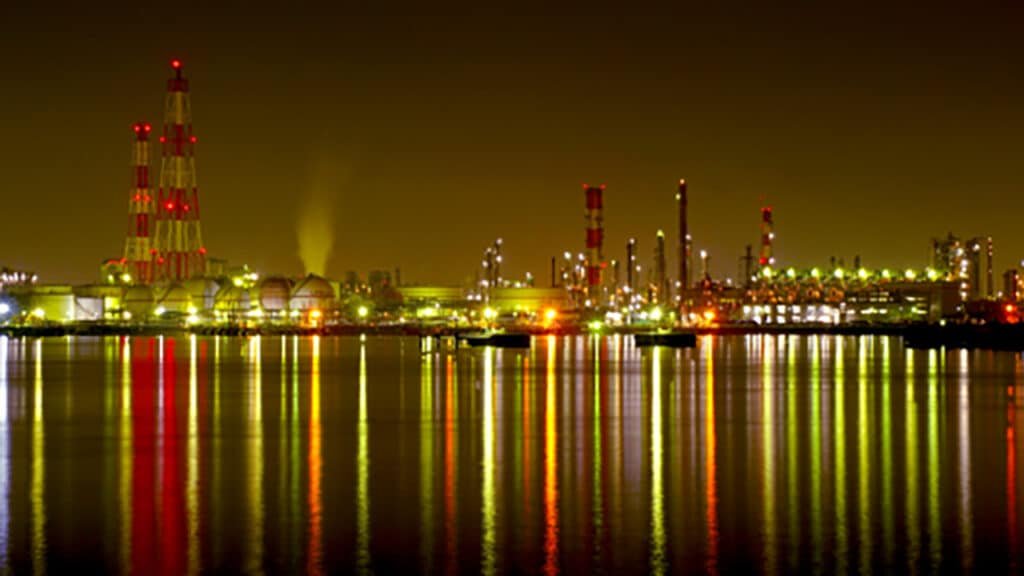
The Takashinohama Line runs from Hagoromo Station to Takashinohama. Although the line only serves 3 stations in total, it provides a vital service to residents of Takaishi City. The Takashinohama Line allows commuters from Kyarabashi and Takashinohama to travel into Osaka conveniently. It connects to the Nankai Main Line via Hagoromo, allowing commuters to go to Osaka, Kansai Ariport or Wakayama, depending on their preference.
The station sequence is as follows:
| No. | Station | Location |
| NK16 | Hagoromo | Takaishi, Osaka |
| NK16-1 | Kyarabashi | |
| NK16-2 | Takashinohama |
The Airport Express Line
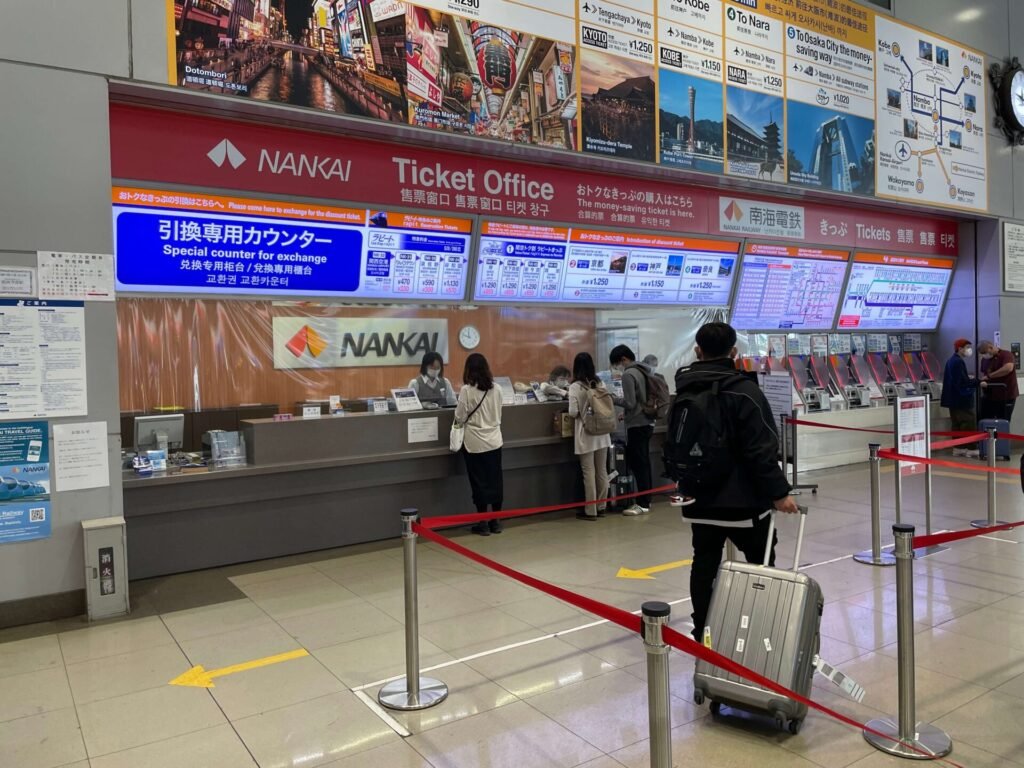
The Airport Express Line connects Nankai Namba Station (NK01) and Kansai International Airport. In addition to the regular express, which stops at all stations, there is also the Airport Limited Express Line. These trains have 2 sub-types: the Rap:t Alpha or the Rap:t Beta. Travellers who want to reach the airport from Namba as quickly as possible, should definitely use the Rap:t service as it will save you over an hour compared to the Express train.
It is slightly more expensive, but the additional cost is definitely worth it for the time saved. A one way ticket from Nankai Namba to Kansai Airport on the regular Nankai Airport Express Line costs 930 yen. The Rap:t costs 1130 yen. Below we have a list of all the stops of the Airport Express Line. We have also highlighted where the Limited Express services stop.
| No. | Station name | Express | Limited Express |
| NK01 | Namba | ● | Rapi:t Alpha and Beta |
| NK03 | Shin-Imamiya | ● | Rapi:t Alpha and Beta |
| NK05 | Tengachaya | ● | Rapi:t Alpha and Beta |
| NK08 | Sumiyoshitaisha | ● | |
| Nk11 | Sakai | ● | Rapi:t Beta |
| Nk16 | Hagoromo | ● | |
| Nk20 | Izumiotsu | ● | |
| Nk22 | Haruki | ● | |
| Nk24 | Kishiwada | ● | Rapi:t Beta |
| NK26 | Kaizuka | ● | |
| NK30 | Izumisano | ● | ● |
| NK31 | Rinku Town | ● | ● |
| NK32 | Kansai Airport | ● | ● |
● – Stop
The Tanagawa Line
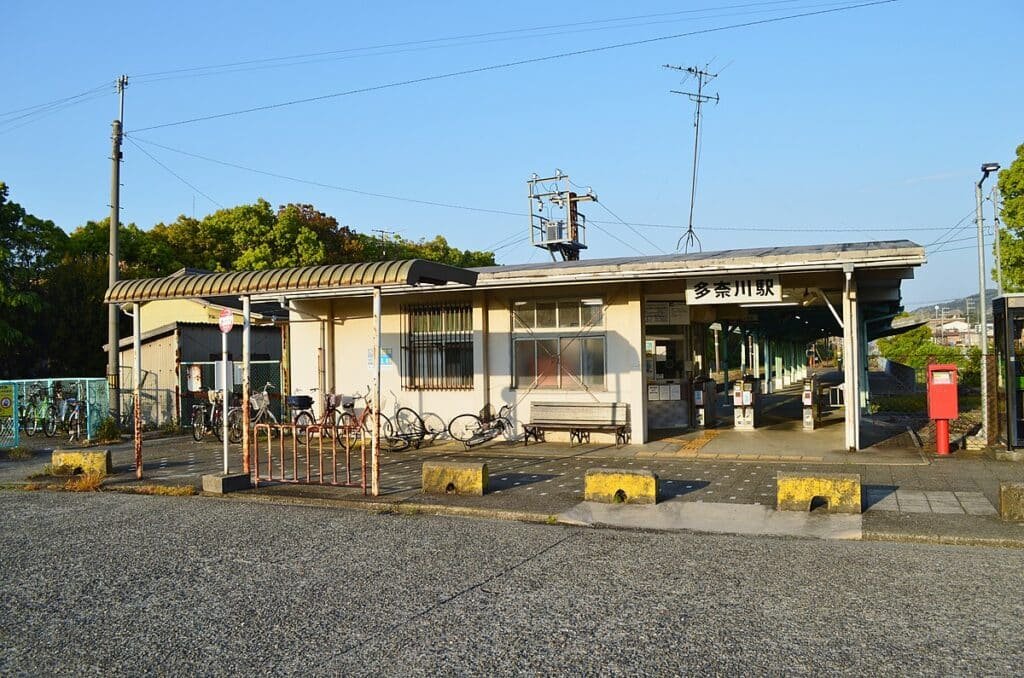
Much like the aforementioned Takashinohama Line, The Tanagawa Line acts as an important local artery connecting residential areas with the Nankai Main Line. In this instance, the line connects Tanagawa, Fukeko, Fukecho and to the Nankai Main Line at Misaki-Koen Station (NK41). The full route is listed below.
| No. | Station name |
| NK41 | Misaki-koen |
| NK41-1 | Fukecho |
| NK41-2 | Fukeko |
| NK41-3 | Tanagawa |
The Koya Line
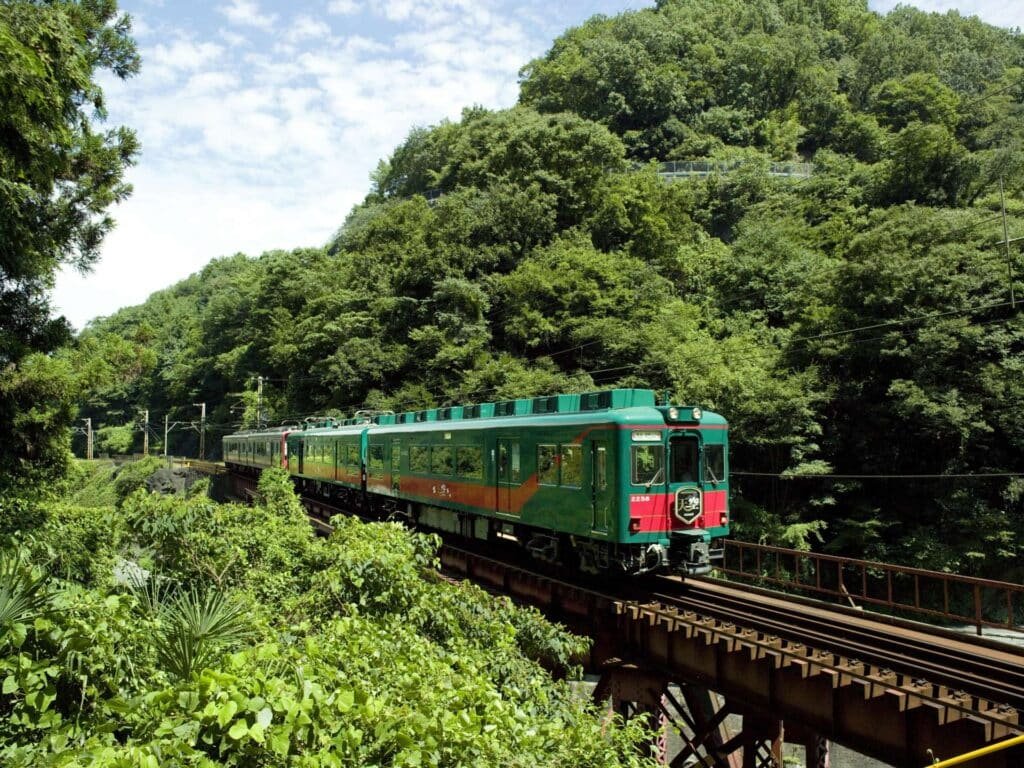
The Koya Line starts at Nankai Namba Station (NK01). It follows the same route as the Nankai Main Line until it reaches Kishinosato-Tamade Station (NK06). From here, the line splits, with the Koya Line trains heading towards Koya City, in Wakayama Prefecture. The service finally terminates at Gokurakubashi Station (NK 86) in the aforementioned Koya City.
Gokurakubashi Station also has a transfer point linking to the Koya Cable Line. The Koya Cable Line goes to Koyasan Station (NK87). Koyasan is named after the mountain upon which the station sits. This mountain is also home to the UNESCO world heritage site Kongobu-Ji. This place has great significance, both spiritual and historical, to many Japanese people. The Koya Line route lies below:
| No. | Station | SE | SbE | Ex | RE | Tenku | LE | ||
| NK01 | Namba | ● | ● | ● | ● | ● | Osaka Prefecture | ||
| NK02 | Imamiyaebisu | | | | | | | | | | | |||
| NK03 | Shin-Imamiya | ● | ● | ● | ● | ● | |||
| NK04 | Haginochaya | | | | | | | | | | | |||
| NK05 | Tengachaya | ● | ● | ● | ● | ● | |||
| NK06 | Kishinosato-Tamade | | | | | | | | | | | |||
| NK51 | Tezukayama | | | | | | | | | | | |||
| NK52 | Sumiyoshihigashi | | | | | | | | | | | |||
| NK53 | Sawanocho | | | | | | | | | | | |||
| NK54 | Abikomae | | | | | | | | | | | |||
| NK55 | Asakayama | | | | | | | | | | | |||
| NK56 | Sakaihigashi | ● | ● | ● | ● | ▲ | |||
| NK57 | Mikunigaoka | ● | | | | | | | | | |||
| NK58 | Mozuhachiman | ● | | | | | | | | | |||
| NK59 | Nakamozu | ● | | | | | | | | | |||
| NK60 | Shirasagi | ● | | | | | | | | | |||
| NK61 | Hatsushiba | ● | | | | | | | | | |||
| NK62 | Hagiharatenjin | ● | | | | | | | | | |||
| NK63 | Kitanoda | ● | ● | ● | ● | | | |||
| NK64 | Sayama | ● | ● | | | | | | | |||
| NK65 | Osakasayamashi | ● | ● | | | | | | | |||
| NK66 | Kongo | ● | ● | ● | ● | ● | |||
| NK67 | Takidani | ● | ● | | | | | | | |||
| NK68 | Chiyoda | ● | ● | | | | | | | |||
| NK69 | Kawachinagano | ● | ● | ● | ● | ● | |||
| NK70 | Mikkaichicho | ● | ● | ● | ● | | | |||
| NK71 | Mikanodai | ● | ● | ● | | | ||||
| NK72 | Chihayaguchi | ● | ● | | | | | ||||
| NK73 | Amami | ● | ● | | | | | ||||
| NK74 | Kimitoge | ● | ● | | | | | Wakayama Prefecture | |||
| NK75 | Rinkanden-entoshi | ● | ● | ● | ● | ||||
| NK76 | Miyukitsuji | ● | ● | | | |||||
| NK77 | Hashimoto | ● | ● | ● | ● | ||||
| NK78 | Kii-Shimizu | ● | ● | | | | | ||||
| NK79 | Kamuro | ● | ● | ● | ◆ | ||||
| NK80 | Kudoyama | ● | ● | ● | ◆ | ||||
| NK81 | Koyashita | ● | ● | | | | | ||||
| NK82 | Shimo-Kosawa | ● | ● | | | | | ||||
| NK83 | Kami-Kosawa | ● | ● | | | | | ||||
| NK84 | Kii-Hosokawa | ● | ● | | | | | ||||
| NK85 | Kii-Kamiya | ● | ● | | | | | ||||
| NK86 | Gokurakubashi | ● | ● | ● | ● |
Glossary of Terms
SE(準急)– Semi Express, SbE(区間急行)– Sub Express, Ex(急行)– Express, RE(快速急行)– Rapid Express, Tenku- Sightseeing train that operates between Hashimoto and Gokurakubashi daily except on Wednesdays and Thursdays from March until November, and on Saturdays, Sundays and national holidays from December until February. LE(特急)– Limited Express
●All trains stop ◆Extra Limited Express trains originating at Hashimoto stop here ▲Semboku Liner No Stop
The Shiombashi Line
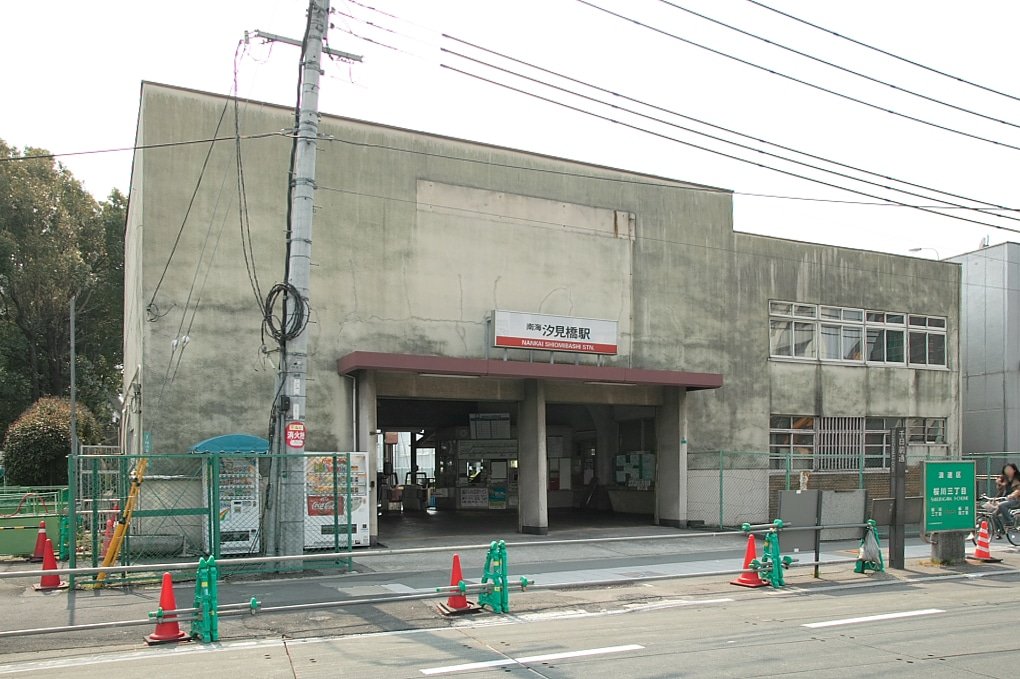
Lastly, we come to the Shiomibashi Line. This line runs entirely within Osaka City. It starts at Shiomibashi Station in Naniwa Ward and terminates at Kishinosato-Tamade Station in Nishinari Ward. Again, this acts as a transport artery, connecting residents to central Osaka and the Nankai Main Line. The train stops at the following stations.
| No. | Station |
| NK06-5 | Shiomibashi |
| NK06-4 | Ashiharacho |
| NK06-3 | Kizugawa |
| NK06-2 | Tsumori |
| NK06-1 | Nishi-Tengachaya |
| NK06 | Kishinosato-Tamade |
Some Final Notes
Firstly, its important to remember that, as a company independent of the JR network, the Japan Rail Pass and its affiliated regional equivalents are not accepted on Nankai trains. Also, Nankai lines provide excellent, fast links between Wakayama, Osaka and Kansai Airport, as well as the tourist hotspot that is Koyasan. However, if you aren’t travelling to any of these places specifically, then please also check the availability of other rail providers. For shorter journeys within a particular area of this region, other networks such as JR or Kintetsu may be faster.
However, particularly for when you arrive and when you leave Osaka, Nankai’s service to and from Kansai Airport offers unparalleled levels of value, speed and service.




















